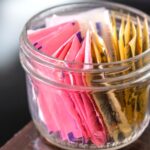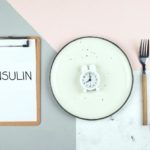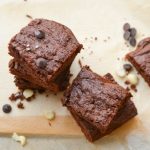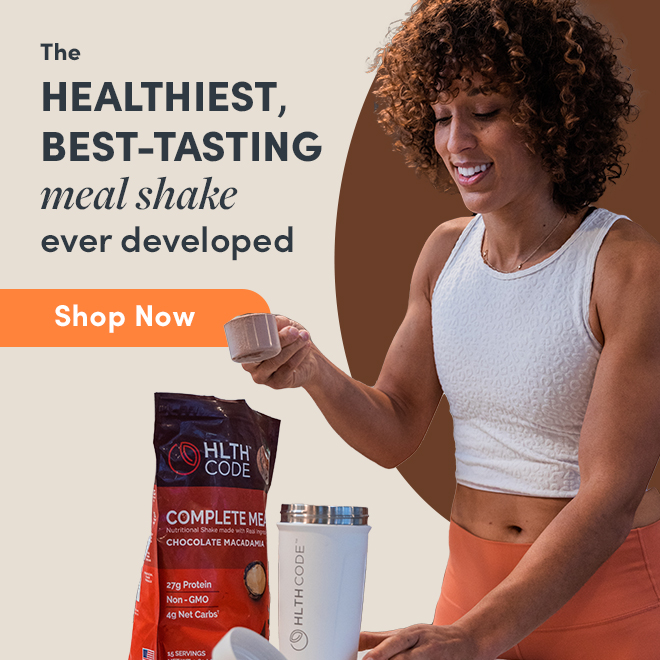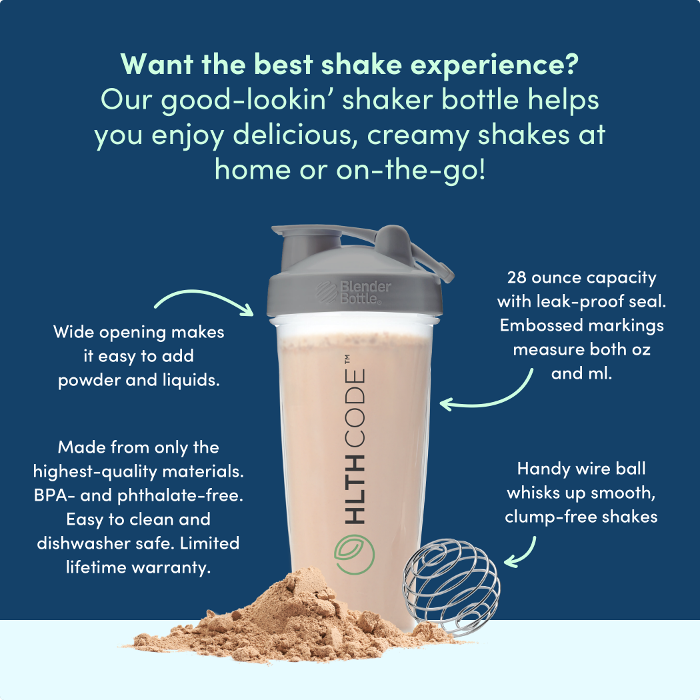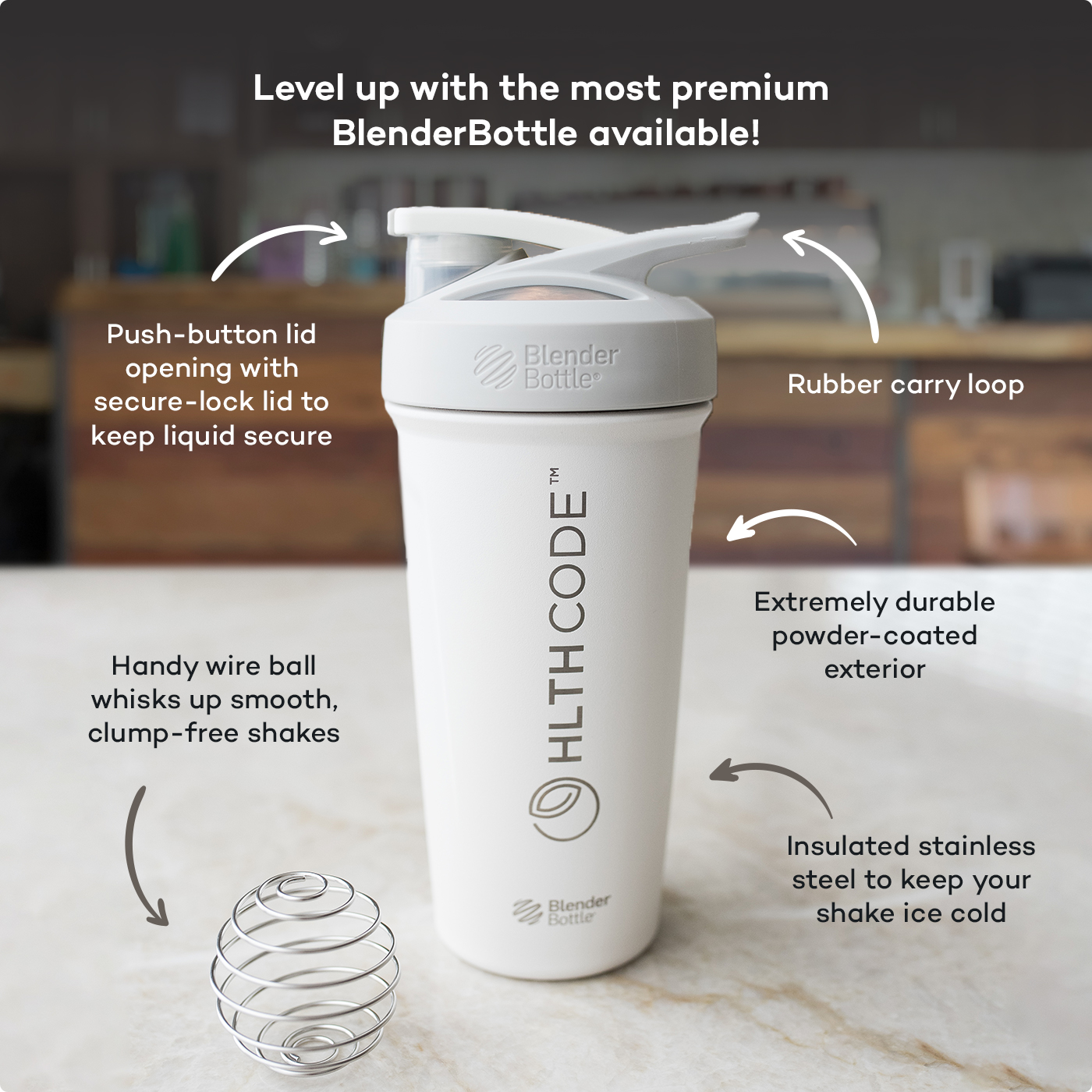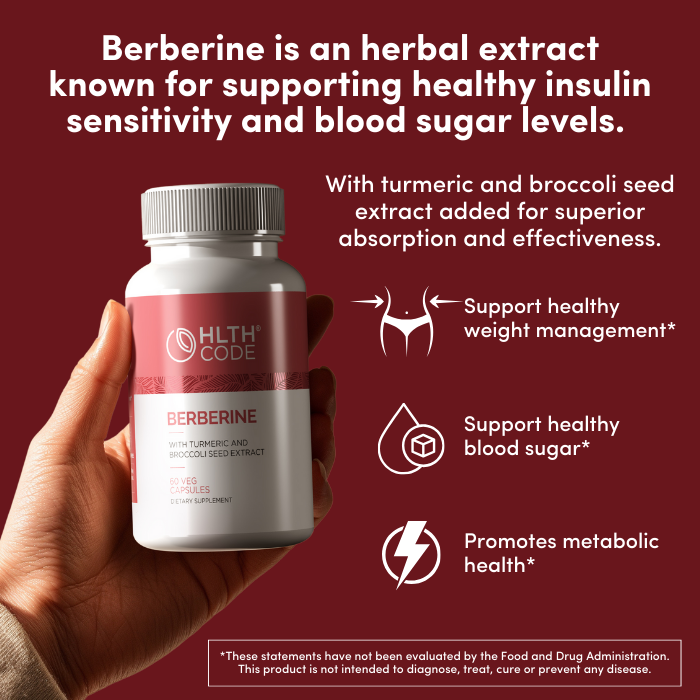How “Dirty” is Your Keto?

Ketogenic and low carbohydrate diets are among the most popular in the world. Keto diets are known for weight loss and are associated with a number of cardiometabolic benefits and neurological benefits [1,2]. This way of eating involves high amounts of healthy fats, moderate protein, and very low carbohydrates to induce a state of ketosis, where the body primarily uses dietary fat and its own stored fat for fuel. A common breakdown of the macros when eating keto is 70% fat, 20-25% protein, and 5-10% carbs.
The best way to eat a keto diet is to emphasize whole, minimally processed, nutrient-dense foods while keeping net carbs low.
Common foods that are typically included in a clean keto diet include:
- Healthy fats: Avocados, nuts, seeds, coconut oil, olive oil, and grass-fed butter.
- High-quality proteins: Beef, pork, fish, poultry, eggs, and even organ meat.
- Non-starchy vegetables: Leafy greens, broccoli, cauliflower, asparagus, and bell peppers.
- Low-sugar fruits: Berries such as strawberries and raspberries in moderation.
- Full-fat, no sugar-added dairy products: Butter, high-quality, minimally processed cheeses, yogurt, and cream.
- Natural sweeteners in moderation: Stevia, erythritol, and monk fruit.
- Healthy beverages: Water, herbal teas, and coffee.
- Packaged keto-friendly foods made with quality ingredients and healthy fats.
By eating whole, nutrient-dense foods, individuals can get the full array of essential amino acids, vitamins, minerals, and antioxidants while maintaining ketosis.
Dirty Keto
On the opposite end of the keto spectrum is “dirty keto.” Unlike optimal keto diets, those who eat dirty keto will consume highly processed and low-quality foods and unhealthy fats, as long as they fit within the prescribed macronutrient ratios.
Dirty keto isn’t concerned with the quality and nutritional value of the food consumed, which can have negative effects on overall health, despite eating the right macros. While dirty keto may put someone into ketosis and lead to weight loss, because it allows unhealthy additives, preservatives, and artificial ingredients, it may pose risks to long-term health, including heart disease, Alzheimer’s, and cancer [3,4,5].
Some common foods consumed on a dirty keto diet include:
- Fast food items such as bunless burgers, fried chicken, or other high-fat options typically cooked in vegetable or seed oils.
- Highly processed lunch or packaged meats with sugar or unhealthy additives.
- Artificially sweetened foods and beverages.
- Low carb dressings and sauces made with unhealthy oils.
- Pre-packaged low-carb foods meant to mimic full-carb foods, like “keto” bagels, chips, brownies, and meals made with low-quality ingredients, preservatives, and additives.
While these foods might help individuals meet their macronutrient goals for a dirty keto diet, they often lack the essential nutrients found in whole, unprocessed foods. Because their nutritional value is typically lower per calorie, it may require eating more food to feel full. People who eat dirty keto are also more likely to stall in their weight loss goals and give up on keto altogether.
Should You Avoid “Dirty Keto” Foods Completely?
Your keto diet doesn’t need to be perfect to be effective, and you don’t need to avoid packaged or fast food items altogether. The occasional “dirty” salad dressing, bunless fast food cheeseburger, or “keto candy bar” may be the perfect way to add the flexibility and convenience you need to adhere to your keto diet long-term. If these foods make a frequent appearance in your diet or make up a significant portion of it, however, you may want to consider finding healthier convenient options that fit with clean keto.
Takeaway
Eating the occasional “dirty keto” food item isn’t necessarily a problem, but to maximize your health and diet in the long run, the cleaner the keto, the better.
References
- https://pubmed.ncbi.nlm.nih.gov/34448957/
- https://pubmed.ncbi.nlm.nih.gov/30554068/
- https://www.ncbi.nlm.nih.gov/pmc/articles/PMC6196963/
- https://www.ncbi.nlm.nih.gov/pmc/articles/PMC4551511/
- https://ntp.niehs.nih.gov/publications/reports/tr/200s/tr240
This article is for informational and educational purposes only. It is not, nor is it intended to be substitute for professional medical advice, diagnosis, or treatment and should never be relied upon for specific medical advice.


